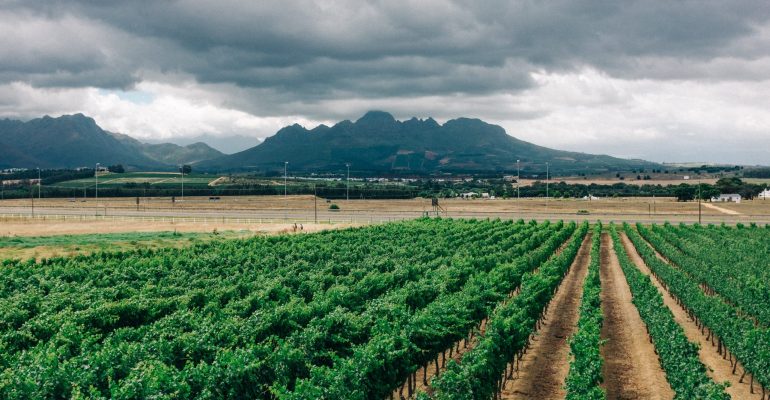The problem
Almost 1/10 of the global population is under-nourished, and this number is increasing. The climate emergency means that there is less land for growing food. At the same time, population growth means there are more people needing to be fed. In sub-Saharan Africa, various areas suffer from food insecurity. This means that people don’t have reliable access to enough nutritious food. Many factors cause food insecurity, including poverty, political problems, and the reduced quality of agricultural land.
One area suffering from food insecurity is Vihiga county, west Kenya. It has one of the highest populations of all the Kenyan counties, and the population is continuing to rise. At the same time, the land that is suitable for farming is getting smaller. On average, families in Vihiga have the smallest farms of any county in western Kenya. This has led to increasing poverty and to some people moving into the nearby rainforest in search of food.
What has been done?
In 2018, the Vihiga county government set up a strategy to boost the income of the county’s farmers and the productivity of its farms. They have recruited several thousand farmers whose small farms are not usable for large-scale agriculture. These farmers have been given seeds so that they can grow local vegetables such as kale and cowpea which can then be sold to a wider market. Deals have been set up with supermarkets such as Carrefour to buy these vegetables directly from the small-scale farmers, which will increase their income.
Has this fixed the problem?
Originally, harvests from this programme were low. However, the project received funding from an NGO, allowing farmers to be trained in the best practices for using their land sustainably. Sustainable land management stops land from becoming drained of its nutrients so that it can remain productive for a long time. The techniques used include:
- Crop rotation (growing different crops on the same land in different seasons so that the soil is not consistently being drained of the same nutrients)
- Use of compost (to make the land more fertile)
- Planting of trees along the boundaries of fields (promoting pollination of crops by insects).
Some farms have increased their vegetable yields from 15kg in a season to 60kg. Their income from vegetables has grown from US$75 to US$500 in the space of three growing seasons. Farmers who have been trained can also train other farmers, passing on their knowledge so that more and more farms across the county can benefit.
What about the future?
This project is an excellent example of how the productivity of small farms can be improved by small changes in agricultural techniques. It also shows how collaboration between governments and citizens can have a positive impact on farmers’ welfare and prevent more people from becoming under-nourished. It could be repeated in other areas of Africa, as it can make a positive impact both on people’s lives, and on the environment.

